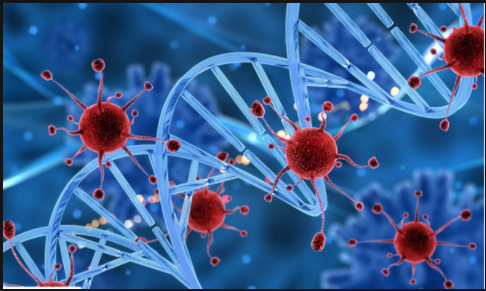What are Viroids?
Viroids are subviral particles that are composed of circular, single-stranded RNA molecules that are only capable of infecting plants. These infectious agents are the world’s smallest known pathogens, ranging from 120-475 nucleotides in length. Despite being much smaller than viruses, viroids share similar replication mechanisms with viruses; however, viroids lack a capsid/outer envelope and are unable to manufacture protein. There are currently 40 known viroid species, and each species, based on its structure and function, is classified into one of the two families: Pospiviroidae and Avsunviroidae.
Family Pospiviroidae contains over 20 viroid species that all have a rod-like/quasi rod-like conformation with single stranded regions and a central conserved region (CCR). Family Avsunviroidae contains much less viroid species, all of which have rod-like/branched conformation, lack the central conserved region (CCR), and form hammerhead ribozymes that are vital to their replication. Members of both families replicate through the rolling-circle replication process (RCR). While members of Pospiviroidae replicate in the nucleus, members of Avsunviroidae replicate in the chloroplast.
Systemic infection of the plant begins when viroids invade adjacent plant cells by accessing the plasmodesmata after their replication in the nucleus/chloroplast is complete. These pathogens then move through the phloem to infect other cells. As the infection spread, the plant may exhibit a variety of symptoms such as stunted growth, leaf & fruit distortion, stem & leaf necrosis, leaf epinasty, discoloration, and death. Transmission of viroids can occur via mechanical inoculation or contact with contaminated farm tools/human hands/insects. After entering the pollen and ovule of the plant, viroids can also be transmitted to the seed, which will then become infected once it germinates. Viroid infection can be treated using thermotherapy and meristem culture.
Picture Source: quora.com

